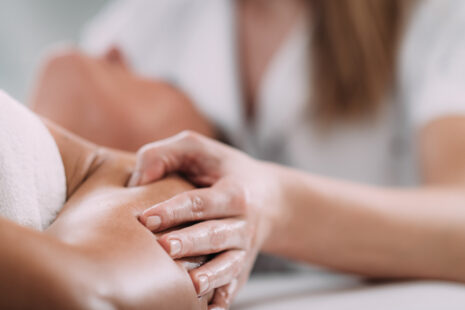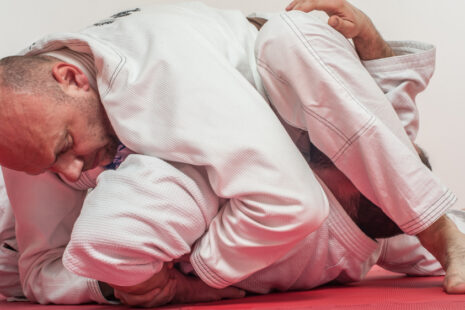Sleeping on your side after ACL (anterior cruciate ligament) surgery can be uncomfortable and may not be recommended immediately after the procedure.
Here’s why…
- Postoperative Pain and Swelling – In the initial days and weeks following ACL surgery, you may experience pain, swelling, and discomfort around the knee joint. Sleeping on your side can put pressure on the surgical site and exacerbate these symptoms, making it difficult to find a comfortable sleeping position.
- Risk of Knee Instability – ACL surgery typically involves repairing or reconstructing the torn ligament, and during the early stages of recovery, the knee joint may be unstable or vulnerable to excessive stress. Sleeping on your side can potentially put strain on the knee joint and compromise its stability, especially if the surgical site hasn’t fully healed.
- Risk of Postoperative Complications – Depending on the surgical technique used and any accompanying procedures performed (such as meniscus repair or cartilage restoration), there may be specific postoperative precautions and restrictions regarding knee positioning and weight-bearing activities, including sleeping positions.
- Recommendations from Surgeon and Physical Therapist – It’s essential to follow the specific postoperative guidelines provided by your surgeon and physical therapist regarding activity restrictions, rehabilitation protocols, and sleeping positions. They can advise you on when it’s safe to transition to sleeping on your side and provide recommendations for supporting the knee during sleep, such as using pillows or braces.
While sleeping on your side may not be comfortable or advisable immediately after ACL surgery, you can explore alternative sleeping positions that relieve pressure on the surgical site and promote comfort and proper alignment. These may include sleeping on your back with your legs elevated or using pillows to support the affected leg and maintain neutral alignment of the spine and knee.
As your recovery progresses and symptoms improve, you may gradually reintroduce side sleeping with caution, ensuring that it doesn’t cause discomfort or compromise the healing process. Be sure to communicate any concerns or difficulties with your healthcare team, as they can provide personalized guidance and support throughout your rehabilitation journey.



